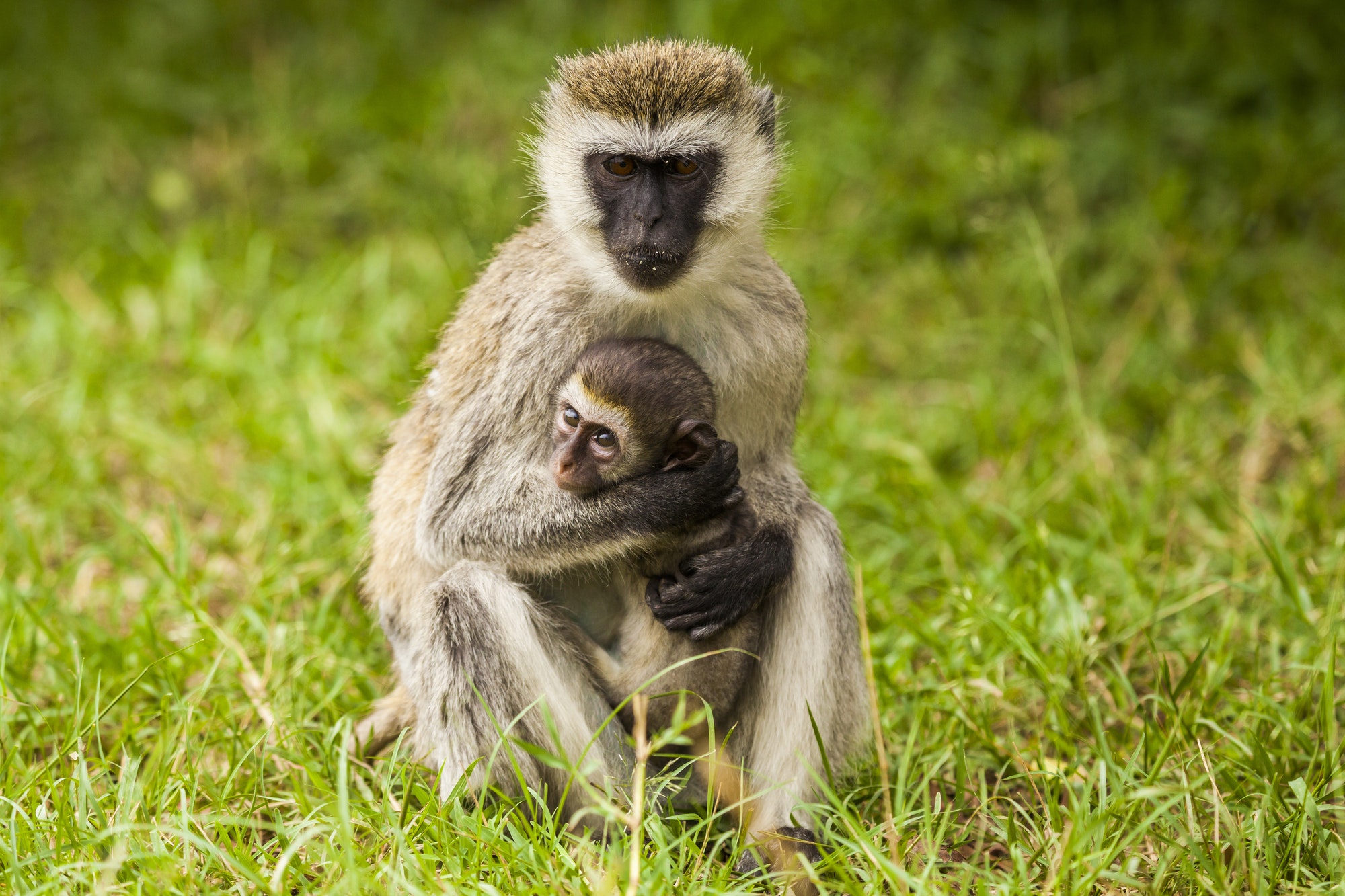Meet Gigantopithecus: The Huge Ape That Once Walked the Earth
Gigantopithecus was a massive ape, the biggest ever, and its story is one of the coolest parts of our history with animals. Recently, scientists made some cool finds in southern China that help us understand how this huge creature vanished from the earth.

How It All Started
About 100 years ago, a scientist named G.H.R. von Koenigswald found the first clues about Gigantopithecus. He discovered some giant teeth in a store in Hong Kong that were being sold as “dragon bones.” That’s when people first realized this huge ape existed.
The Fossil Quest in Southern China
The Cave Adventure
Scientists found most of the Gigantopithecus fossils, like teeth and parts of jaws, in some caves in Guangxi, China. These caves are super important for figuring out what happened to these giant apes.
Climate Change: A Big Problem
Gigantopithecus probably died out between 295,000 and 215,000 years ago. Back then, the climate was changing a lot, and the forests where the ape lived turned into less hospitable places. This change made it tough for the ape to survive.
What the Giant Ape Ate
Figuring Out Their Diet
Initially, Gigantopithecus ate lots of fruits. But when the environment changed, they had to start eating stuff like bark and twigs, which weren’t as good for them. Scientists can tell this from studying their teeth, which show signs of wear and tear from the tougher food.
Cool Science Behind the Fossils
Modern Dating Methods
To figure out exactly when Gigantopithecus lived, researchers used advanced techniques like luminescence dating and uranium-series dating. These methods helped them figure out the age of the fossils and understand the environment back then.
Gigantopithecus and Its World
Did They Hang Out with Early Humans?
There’s some evidence that suggests Gigantopithecus might have lived at the same time as Homo erectus, an early human ancestor. It’s really interesting to think about how they might have interacted.
What Nearby Archaeological Sites Tell Us
Places like the Bose Basin, not far from where the Gigantopithecus fossils were found, have old stone tools dating back to about 800,000 years ago. These discoveries help us get a bigger picture of what life was like back then.
Wrapping Up
Understanding Gigantopithecus is like putting together a giant puzzle about our planet’s history. The way the climate changed, how the ape adapted its diet, and its possible connections with early humans all make up this amazing story of a creature that once ruled the earth but then disappeared.

Frequently Asked Questions (FAQ)
Q1: What exactly was Gigantopithecus?
A1: Gigantopithecus was the largest ape that ever lived on Earth. It was a massive creature, much bigger than any ape we see today. Think of it as the giant cousin of modern orangutans.
Q2: How did scientists first discover Gigantopithecus?
A2: Gigantopithecus was first discovered about a century ago when a scientist found some unusually large teeth being sold as “dragon bones” in a Hong Kong store. These turned out to be from Gigantopithecus.
Q3: Where were most Gigantopithecus fossils found?
A3: The majority of the fossils, mainly teeth and jawbones, were found in the karst caves of Guangxi, China. These caves have been key to learning more about this giant ape.
Q4: Why did Gigantopithecus go extinct?
A4: Gigantopithecus likely went extinct due to significant climate changes. As their forest habitats changed, they struggled to adapt to new food sources and environmental conditions.
Q5: What did Gigantopithecus eat?
A5: Initially, they ate a lot of fruits. But as the environment changed, they had to switch to eating things like bark and twigs, which were less nutritious and harder to eat.
Q6: How do scientists determine the age of Gigantopithecus fossils?
A6: Scientists use techniques like luminescence dating and uranium-series dating to determine the age of the fossils. These methods help them understand when Gigantopithecus lived and the environmental conditions at that time.
Q7: Did Gigantopithecus ever interact with early humans?
A7: It’s possible. Some evidence suggests they might have coexisted with Homo erectus, an early human ancestor. This raises fascinating possibilities about their interactions.
Q8: What can nearby archaeological sites tell us about Gigantopithecus?
A8: Archaeological sites like the Bose Basin, which have stone tools dating back to around 800,000 years ago, provide context for the Gigantopithecus fossils. These sites help us understand the broader prehistoric ecosystem they lived in.
Q9: Why is studying Gigantopithecus important?
A9: Studying Gigantopithecus helps us understand more about Earth’s history, the evolution of primates, and the effects of climate change on species survival. It’s a crucial piece in the puzzle of our planet’s past.
Sources CNN


